
Your mouth is home to trillions of bacteria, some helpful and some harmful. These microorganisms make up the oral microbiome, a delicate ecosystem that plays a crucial role in your overall health. A diet rich in whole foods, fiber, and fermented items can nourish beneficial bacteria, while excess sugar and processed snacks can disrupt the balance, leading to cavities, gum disease, and even systemic health problems. Finding a dentist near Gramercy park can help guide personalized strategies for protecting your oral microbiome and maintaining long-term oral health.
How Food Shapes the Oral Microbiome
Fibrous fruits and vegetables act as natural cleaners for your teeth and gums. Crunchy apples, carrots, and celery stimulate saliva production, which helps neutralize acids and remove food particles. High-fiber produce also provides nourishment for beneficial bacteria, encouraging a balanced microbial community that reduces inflammation and strengthens immunity.
Fermented foods are another ally for oral health. Yogurt, kefir, kimchi, and sauerkraut contain probiotics that support beneficial oral bacteria. These microorganisms compete with harmful bacteria, lowering the risk of plaque buildup and gum disease. Including fermented foods regularly can have ripple effects throughout the body, improving digestion, mood, and immune function.
Foods That Harm Oral Health
Excess sugar feeds harmful bacteria. Each time you consume sugary drinks, candies, or desserts, acid-producing bacteria in your mouth thrive, eroding enamel and promoting cavities. Sugary beverages like soda and energy drinks are especially damaging because the acid and sugar work together to weaken teeth faster than solid foods.
Ultra-processed snacks pose additional risks. Chips, cookies, and packaged pastries often contain refined flours, additives, and hidden sugars that disrupt the oral microbiome. Over time, frequent consumption increases inflammation and susceptibility to gum disease. Choosing minimally processed foods can dramatically improve oral and overall health.
Connecting Oral Health to Whole-Body Wellness
The oral microbiome has a profound influence beyond the mouth. Research shows that imbalances can contribute to cardiovascular disease, diabetes, and even cognitive decline. By supporting healthy oral bacteria through diet, you not only protect your teeth and gums but also reduce inflammation and support systemic wellness. A balanced diet can prevent chronic conditions while boosting energy and resilience.
Hydration and mindful eating amplify these effects. Drinking water after meals helps wash away food particles and neutralize acids. Chewing slowly and choosing foods rich in nutrients like calcium, magnesium, and vitamin C strengthens teeth and gums. These small lifestyle habits, paired with a wholesome diet, create a powerful foundation for long-term health.
Practical Tips to Protect Your Oral Microbiome
- Eat a rainbow of produce: Aim for a mix of colors and textures to feed diverse oral bacteria.
- Include fermented foods: Yogurt, kimchi, and miso introduce beneficial bacteria.
- Limit sugary drinks and snacks: Replace them with water, tea, nuts, or fruit.
- Chew fibrous foods: Apples, carrots, and leafy greens help clean teeth naturally.
- Practice oral hygiene consistently: Brush, floss, and visit a dentist near Gramercy park for regular checkups.
READ ALSO: What Dental Buyers Should Know About Nutrition Trends in Patient Care
Conclusion
Eating for your mouth is a simple but powerful approach to wellness. A diet rich in fiber, whole foods, and probiotics supports a healthy oral microbiome and reduces the risk of dental and systemic diseases. Avoiding excess sugar and ultra-processed snacks preserves this delicate balance. Working with a dentist near Gramercy park ensures that your diet aligns with your oral health goals, giving you a stronger smile and a healthier body.
By making mindful food choices, you can nurture your oral ecosystem, prevent disease, and enjoy the ripple effects of improved whole-body health.
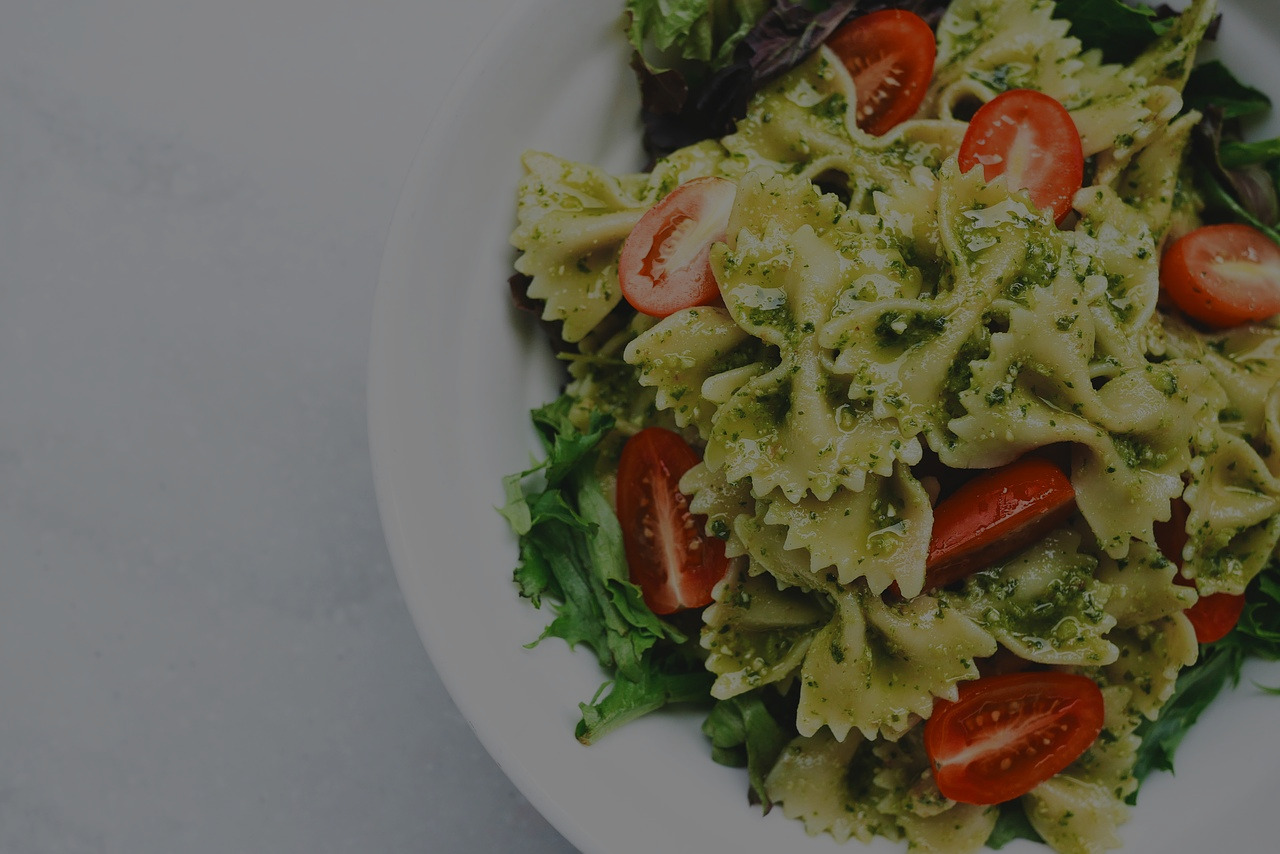
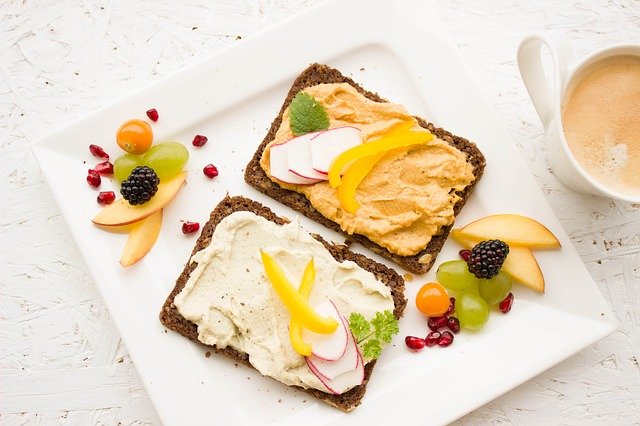
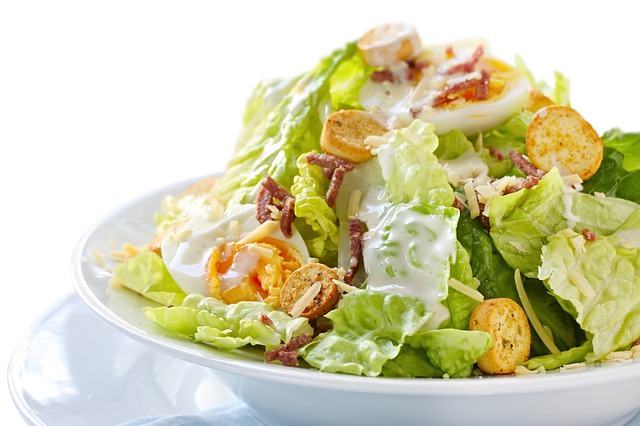
 A bright, healthy smile isn’t only about brushing and flossing. Your daily diet greatly influences the strength and resilience of your teeth. Food fuels your body, but it also affects your enamel, gums, and overall oral health.
A bright, healthy smile isn’t only about brushing and flossing. Your daily diet greatly influences the strength and resilience of your teeth. Food fuels your body, but it also affects your enamel, gums, and overall oral health. 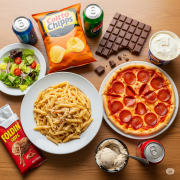 Sugar and artificial substances abound in packaged goods that boast “low-fat” or “diet-friendly” labels. Cravings and a halt to fat reduction could result from these. Whole, unprocessed food is a great pick.
Sugar and artificial substances abound in packaged goods that boast “low-fat” or “diet-friendly” labels. Cravings and a halt to fat reduction could result from these. Whole, unprocessed food is a great pick. A dietitian may assist you develop a sustainable eating plan and offer individualized nutrition recommendations. Regular physical activity helps you to maintain good eating habits since it enhances both your physical and mental state.
A dietitian may assist you develop a sustainable eating plan and offer individualized nutrition recommendations. Regular physical activity helps you to maintain good eating habits since it enhances both your physical and mental state.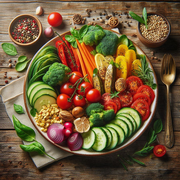 Emphasize especially fruits, vegetables, legumes, and whole grains. These supply antioxidants, fiber, and vital minerals.
Emphasize especially fruits, vegetables, legumes, and whole grains. These supply antioxidants, fiber, and vital minerals.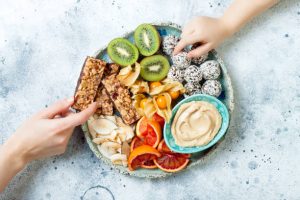 Building muscle doesn’t need to rely on synthetic enhancers or fad supplements. Many people achieve impressive results by focusing on the right foods and supplements. Key nutrients and balanced meals lay the foundation for sustainable gains, while smart, safe supplementation helps reach muscle growth goals faster and safely.
Building muscle doesn’t need to rely on synthetic enhancers or fad supplements. Many people achieve impressive results by focusing on the right foods and supplements. Key nutrients and balanced meals lay the foundation for sustainable gains, while smart, safe supplementation helps reach muscle growth goals faster and safely. Greek Meze
Greek Meze
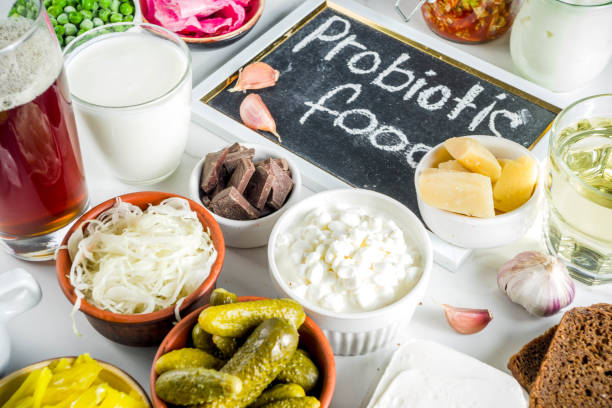
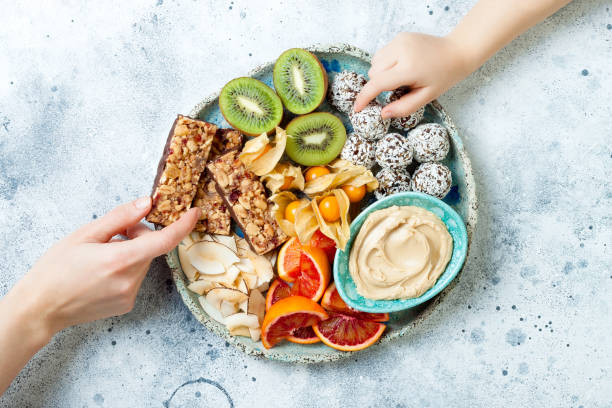

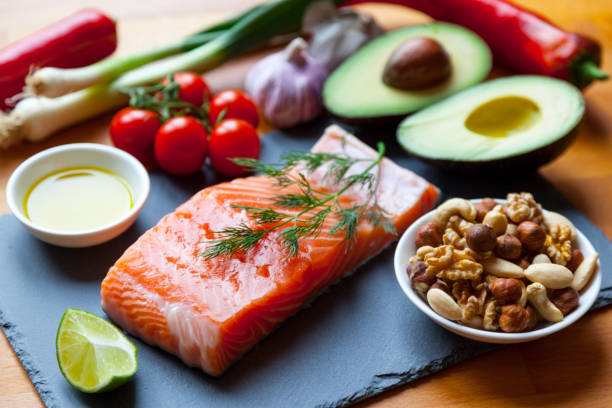










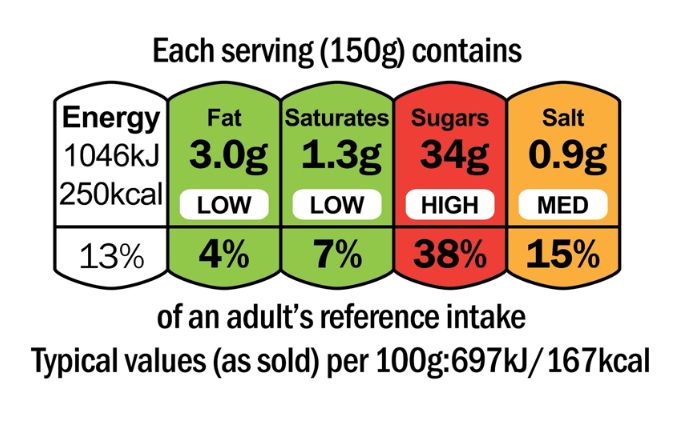
 A good question to ask yourself before consuming something is “Do I feel really hungry?” or “Do I just crave for something?”. This helps you tell the difference between eating out of feeling and being physically hungry.
A good question to ask yourself before consuming something is “Do I feel really hungry?” or “Do I just crave for something?”. This helps you tell the difference between eating out of feeling and being physically hungry. Dental care has evolved beyond fillings and cleanings. Patients now expect dentists to guide them on how diet impacts oral health. This shift pushes dental practices to offer nutrition counseling alongside traditional services. For those looking to buy a dental practice, understanding this trend is key to success. Nutrition-focused care not only improves patient outcomes but also boosts practice value. How can buyers assess and grow these services? And what role do acquisition experts play in this process?
Dental care has evolved beyond fillings and cleanings. Patients now expect dentists to guide them on how diet impacts oral health. This shift pushes dental practices to offer nutrition counseling alongside traditional services. For those looking to buy a dental practice, understanding this trend is key to success. Nutrition-focused care not only improves patient outcomes but also boosts practice value. How can buyers assess and grow these services? And what role do acquisition experts play in this process?
 The Paleo diet is based on whole, unprocessed foods like lean meats, fish, nuts, fruits, and vegetables. These foods help regulate blood sugar levels and reduce inflammation, key factors in preventing obesity. By eliminating refined sugars and grains, Paleo eating stabilizes energy levels, keeping hunger at bay for longer.
The Paleo diet is based on whole, unprocessed foods like lean meats, fish, nuts, fruits, and vegetables. These foods help regulate blood sugar levels and reduce inflammation, key factors in preventing obesity. By eliminating refined sugars and grains, Paleo eating stabilizes energy levels, keeping hunger at bay for longer. Did you know that what you eat directly affects your brain and body performance? Research has consistently shown that a balanced diet plays a pivotal role in boosting mental clarity, emotional well-being, and physical performance. For men, who often face unique health challenges, nutrition is a key factor in maintaining optimal strength—mentally and physically.
Did you know that what you eat directly affects your brain and body performance? Research has consistently shown that a balanced diet plays a pivotal role in boosting mental clarity, emotional well-being, and physical performance. For men, who often face unique health challenges, nutrition is a key factor in maintaining optimal strength—mentally and physically.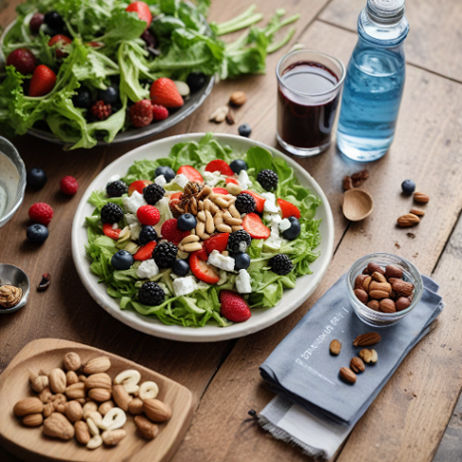
 A balanced diet does more than nourish the body; it can also provide essential support for brain health. Nootropics—also known as brain boosters—offer powerful benefits when combined with a nutrient-dense diet. From enhancing focus and memory to promoting mental clarity, nootropics can amplify the brain’s performance naturally. Incorporating foods like green tea, dark chocolate, and omega-3s can significantly boost your cognitive wellness.
A balanced diet does more than nourish the body; it can also provide essential support for brain health. Nootropics—also known as brain boosters—offer powerful benefits when combined with a nutrient-dense diet. From enhancing focus and memory to promoting mental clarity, nootropics can amplify the brain’s performance naturally. Incorporating foods like green tea, dark chocolate, and omega-3s can significantly boost your cognitive wellness. Sexual health is a fundamental part of overall well-being, and nutrition plays a significant role in supporting it. What we eat affects more than just physical health — it also impacts hormones, energy levels, and even libido. Proper nutrition can help enhance sexual function, boost energy, and improve mood. The good news? Certain foods packed with nutrients can support women’s sexual health.
Sexual health is a fundamental part of overall well-being, and nutrition plays a significant role in supporting it. What we eat affects more than just physical health — it also impacts hormones, energy levels, and even libido. Proper nutrition can help enhance sexual function, boost energy, and improve mood. The good news? Certain foods packed with nutrients can support women’s sexual health. There are various benefits when nootropics are included into food and drink. It offers a practical and fun approach, first of all, to include these cognitive boosters into daily living. Furthermore, eating and drinking nootropics could help to hide any bad tastes or textures connected with conventional supplements.
There are various benefits when nootropics are included into food and drink. It offers a practical and fun approach, first of all, to include these cognitive boosters into daily living. Furthermore, eating and drinking nootropics could help to hide any bad tastes or textures connected with conventional supplements.
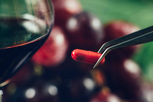 Wine and juice prepared from red grapes contain resveratrol. It may help weight loss and hay fever. Resveratrol may increase blood artery diameter and decrease blood clotting. With the consumption of resveratrol, human’s body has the ability to reduce discomfort, combat disease, alleviate swelling, and decrease the level of sugar in the blood.
Wine and juice prepared from red grapes contain resveratrol. It may help weight loss and hay fever. Resveratrol may increase blood artery diameter and decrease blood clotting. With the consumption of resveratrol, human’s body has the ability to reduce discomfort, combat disease, alleviate swelling, and decrease the level of sugar in the blood.
